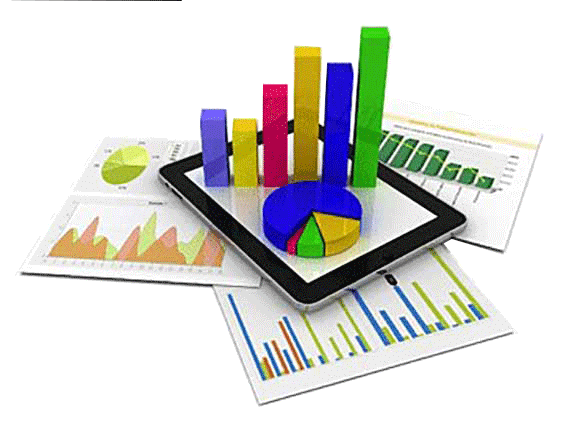Understanding Business Intelligence (BI)

Business Intelligence (BI) is a multifaceted concept and set of practices that play a crucial role in modern business operations.
At its core, BI involves the collection, analysis, and presentation of data to support informed decision-making within an organization. Let’s break down the key components and aspects of BI to gain a deeper understanding.
Data Collection
- Data Collection: BI begins with the collection of relevant data from various sources. This data can come from internal sources like transactional systems, databases, and spreadsheets, as well as external sources such as market research, social media, and customer feedback. The data collected can be structured (e.g., databases) or unstructured (e.g., text documents, emails).
Data Integration
- Data Integration: After collecting data from disparate sources, BI involves integrating and transforming it into a unified, consistent format. Data integration ensures that information from different departments or systems can be analyzed together, providing a holistic view of the organization’s operations.
Data Analysis
- Data Analysis: The heart of BI lies in data analysis. This involves using various techniques and tools to examine the data, identify trends, patterns, and relationships, and extract meaningful insights. Data analysis can take on different forms, including descriptive (what happened), diagnostic (why it happened), predictive (what’s likely to happen), and prescriptive (what should be done) analysis.
Reporting and Visualization
- Reporting and Visualization: BI tools often generate reports, dashboards, and data visualizations to present the insights derived from data analysis. Visual representations like charts, graphs, and heatmaps make it easier for decision-makers to grasp complex information quickly.
Decision Support
- Decision Support: BI is ultimately about supporting decision-making processes. It empowers organizations to make informed and data-driven decisions across various aspects of their operations, such as marketing, finance, supply chain management, and customer service.
Business Performance Improvement
- Business Performance Improvement: BI is not just about analyzing historical data; it also focuses on improving future performance. Organizations use BI insights to optimize processes, allocate resources efficiently, identify growth opportunities, and mitigate risks.
Self-Service BI
- Self-Service BI: Many BI tools are designed to be user-friendly, enabling non-technical users to access and analyze data independently. This promotes a culture of data-driven decision-making throughout the organization.
Data Security and Governance
- Data Security and Governance: BI also involves ensuring the security and governance of data. Organizations must protect sensitive information and comply with data regulations while making data accessible for analysis.
Evolving Technologies
- Evolving Technologies: BI is a dynamic field, continually evolving with advancements in technology. Cloud computing, artificial intelligence, and machine learning are increasingly integrated into BI tools, enhancing capabilities like predictive analytics and automation.
In summary, Business Intelligence is a comprehensive approach to leveraging data for better decision-making and business performance. It encompasses data collection, integration, analysis, visualization, and decision support, ultimately driving organizations toward greater efficiency, competitiveness, and strategic agility. BI is a critical tool for navigating the complex and data-rich landscape of modern business.